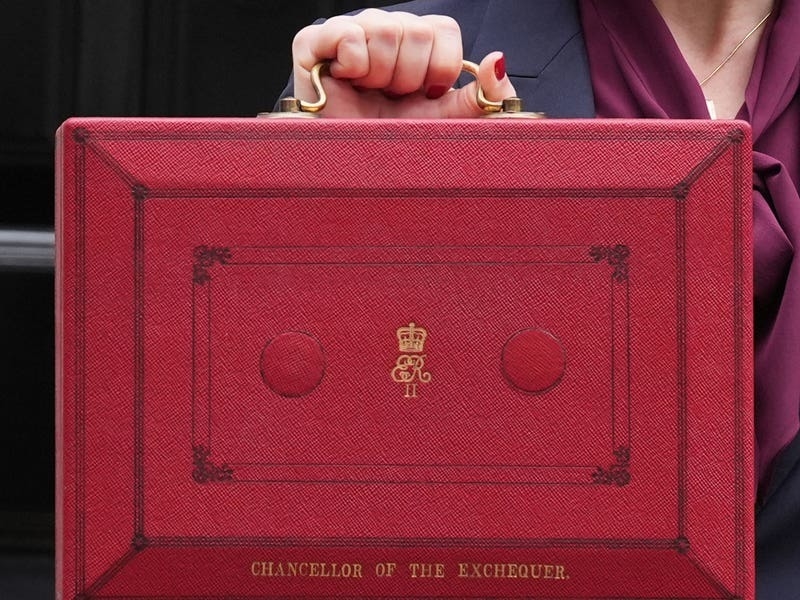By Ben Shenton
ECONOMICS and socioeconomics are so much more than reading a book, listening to an expert, or looking at statistics.
If you are an accountant, a member of the Institute of Directors or Chamber of Commerce, or simply interested in your Island, I’ve designed a small walking tour of St Helier. This can easily be done in your lunch hour, and you may find it both enlightening and depressing.
The tour starts outside Banjo, the building that was previously the Victoria Club – a club that I would occasionally use, but sadly I never had the alcohol constitution required to be a member!
The building was acquired by private investors and a great deal of money has been spent restoring the building to its current impressive condition. The investment demonstrated confidence and pride in Jersey as an island.
Unlike other jurisdictions, we do not offer any tax breaks or incentives to invest in the Island, and dealing with bureaucracy in Jersey can be an expensive nightmare. Do we need to look at how we incentivise investment? Should we cut the government red tape with a fast-track system for those making substantial investments? Attract them or fleece them?
Cross the road and walk down Cattle Street. There is a theme to St Helier inasmuch as the buildings tend to look much better above the ground floor, with the street level often tatty and unkempt. Why do you think this is?
On the right is one of the many closed businesses in this area; a fast food and coffee shop unable to survive in a town full of them.
At the end of the road, on the right-hand corner, is the large and impressive JT building which is in a disgraceful state – dirty, peeling paint, weeds growing out the concrete. There is no pride, but we should not be surprised as this is ultimately government-owned. The company produced an operating profit of £5.5 million, paid its chief executive around half a million pounds last year, and its finance director £350,000. Should an entity owned by the public take more pride in such a prominent landmark asset? What does the condition of the building say about JT, its management, and its board? These individuals are well-paid and intelligent so it must be assumed the shabby condition is deliberate – but what message are they sending out? Certainly, its condition does St Helier no favours, nor the image of JT as a company.
Compare this government-owned building with the privately owned Banjo building. Who has more pride in their business, more pride in St Helier and more pride in Jersey?
Cross the road and head up James Street/Rue de Funchal. No doubt every reader will be familiar with the laws of supply and demand, and what eventually happens when you have massive over-supply and limited demand. The rest of the walk takes you past hundreds of flats, many one-bedroomed – unsuitable for both young and aspiring families.
The flats in this area remind me of battery farming, crammed together with no aesthetic beauty for occupation by the underclass, what the politicians call “they”. “They” don’t need a car, “they” can use the bus, “they” can wait for their hospital appointments while we go private, “they” can live in tiny boxes. You get my gist.
Politicians and policymakers are rarely part of the “they” society they dictate to. The policymakers often live in a large house in the country, with plenty of parking. I can understand St Helier being anti-pollution, but being anti-mobility makes no sense. With median earnings at just £44,200 before tax, and one-bedroom flats being marketed by the government’s “social housing” department (ironically run by a socialist minister) at £340,000, you can see a problem.
As the biggest flat-owner, the government don’t want to take a mark-down on falling flat prices, but the reality is that flats are massively overpriced and you cannot hold back the laws of supply and demand forever. The government are even selling the desperate “they” crowd 75% of the equity for 100% of the true price.
At the end of the street, admire the dingy connecting tunnels and turn right into Moneypenny Lane to take you past the Odeon eyesore which you can watch deteriorate before your eyes. Don’t walk down the road because if a car comes you literally cannot get on the pavement. Obviously, another one of these great St Helier shared-space ideas.
Should the planning department pay more attention to the Island as it looks today instead of stifling investment and promoting ghettos? We want a town that is good to live in, not one designed by outdated museum curators and idealists, with no conception of costs. Often you can see holidaymakers from the Premier Inn wheeling their cases through the dystopian landscape, probably promising themselves never to return.
Turn right at the Premier Inn and walk down Bath Street. Marvel at the new flats with architecture that is seemingly a cross between Legoland and Prisoner Cell Block H.
Turn left into Belmont Road. When you reach Ann Street, turn right. Here, you will see the construction of hundreds of flats to be sold overpriced to a few fools until reality takes hold. Looking at the overall supply, and the fact that the Island’s population is declining, do you think that flat prices will fall substantially? How will this affect government finances as they are the largest property holder? What policies do you anticipate the government will undertake to try to keep flat prices artificially high and protect them from substantial losses? (Prediction – removal or reduction in housing qualifications to open the floodgates to increase demand).
Walk along Ann Street and turn left into Brooklyn Street. Walk to St Saviour’s Road so you can better appreciate the sheer size of current development.
Now walk back to the Jersey Arts Centre and sit outside. Normally, you can see a Little Tikes car on one of the balconies. What message does this send out about growing up in Jersey? The new square is stark, with little greenery and no real play areas. The roads have been blocked but retained, making it unusable space. There are two new coffee shops that have recently opened across the square, competition for the Arts Centre Café. St Helier, twinned with Starbucks!
Are our policies of making it necessary for both parents to work, and building overpriced tiny flats partly responsible for the falling birthrate? What are the economic implications of a falling birthrate and declining population?
Do you think the government should try a little harder when dealing with open space. In some countries, they would put in permanent market stalls which can be rented for nominal sums to sell local crafts or local foods. The square looks like it’s been designed by a UK planner from Luton – it could be so much better.
Due to a combination of poor economic planning and complete stupidity, we have many flats hitting the market at the same time. Who are the buyers going to be? Where are these buyers currently living? Who will support the construction industry when the current phase of work completes? Do you think anyone is managing the Jersey economy?
Ben Shenton is a senior investment director. He is a former politician, Senator, who held positions such as minister, chair of Public Accounts Committee, and chair of Scrutiny. He also assists a number of local charities on an honorary basis, and can be a bit gobby.






